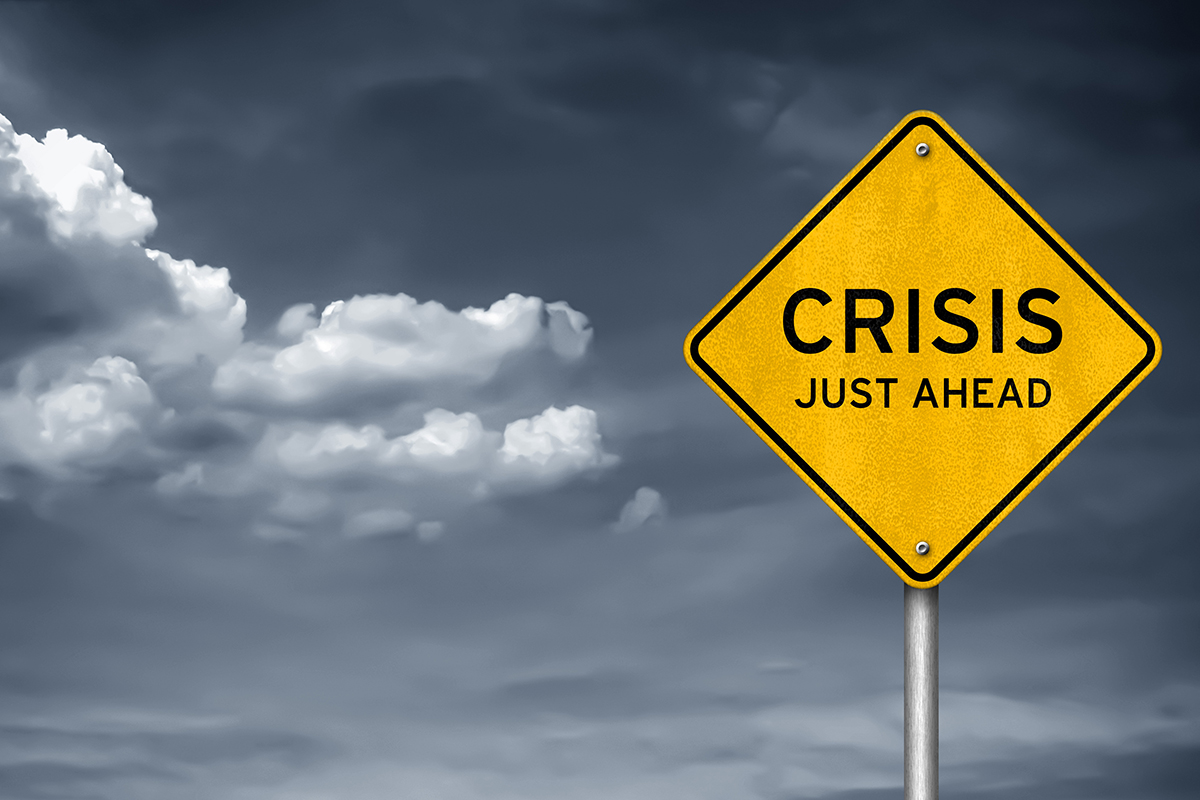We’ve said it before, and we’ll say it again: It’s not a matter of if a crisis will hit your company, but when. In today’s social media-centric world, it’s imperative that your crisis communications strategy outline policies and procedures for handling the situation online and in real-time.
Here are our top do’s and don’ts for manning social media channels during a crisis:
Do include social media in your crisis plan. In a world where many get their news solely via social media, your reputation can’t afford social media to be an afterthought in crisis communications planning.
Do understand which platforms are most appropriate in a crisis. Think it through in advance. Twitter is ideal for breaking news, but you have to tweet frequently to stay in the news stream. Facebook allows for both fans and non-fans to comment on your page; monitoring and responding is essential.
Do think first (always), speak second. Responding quickly is important, but responding accurately is imperative. Take a moment to ensure messaging is on point, even if all you do is acknowledge, let followers know that you know something has happened, and ask them to check back for updates.
Do define who’s in charge. Have passwords and log-ins ready to go. If different folks must manage different channels, ensure messaging is consistent. Your social media team needs to be positioned near or in the “crisis command center” and on the crisis team so they’re in the know as the event unfolds.
Do set up a monitoring plan. Many platforms allow users to create social monitoring steams for free. Set up an account now, so in a crisis you’re ready to watch for company mentions from consumers, customers, the community and media.
Do consider using a hashtag. This makes a constant stream of information easier to follow.
Do create a dark page. When a crisis hits, seconds matter. Have a dark page on your website ready to go live in a crisis. The ability to link to this page with updates and important remarks will instill confidence, help to retain credibility and allow for brevity in communicating.
Don’t wait until the last minute to draft messaging. When creating your crisis communications plan, think through potential scenarios (crises) for your business. Draft messaging as templates should you need them. Keep templates in line with the channel (e.g., having 140 characters for Twitter or current images for Facebook). It will be a time-saver.
Don’t elaborate unnecessarily. Keep it simple and stick to the knowns. In a crisis situation, even the smallest update stated plainly can suffice until the situation advances.
Don’t blame, speculate or go on the defensive. Show genuine care and concern for those affected. Avoid finger pointing or delving into unknowns.
Don’t go rogue. While it’s important to be flexible during a crisis situation, social messaging shouldn’t deviate from other key media messaging. Work together with company leaders, communications and legal counsel and media spokespersons to ensure consistency.








